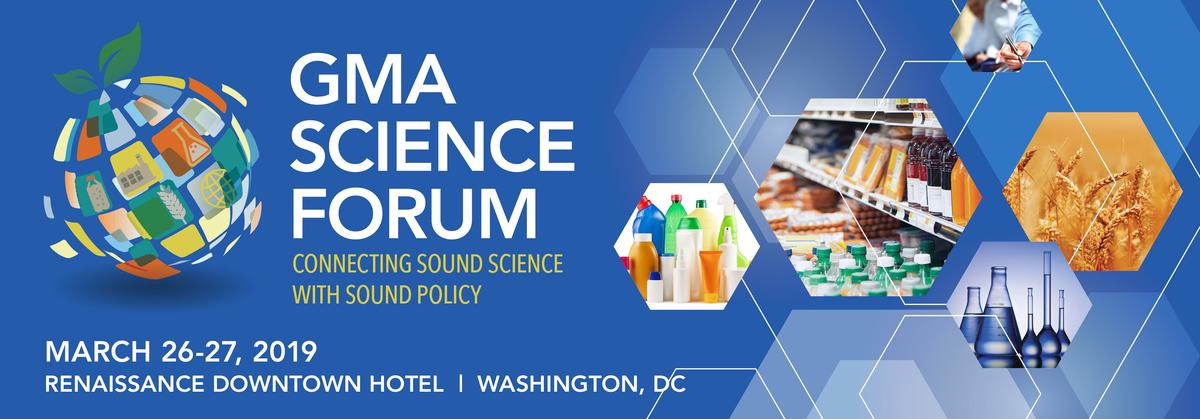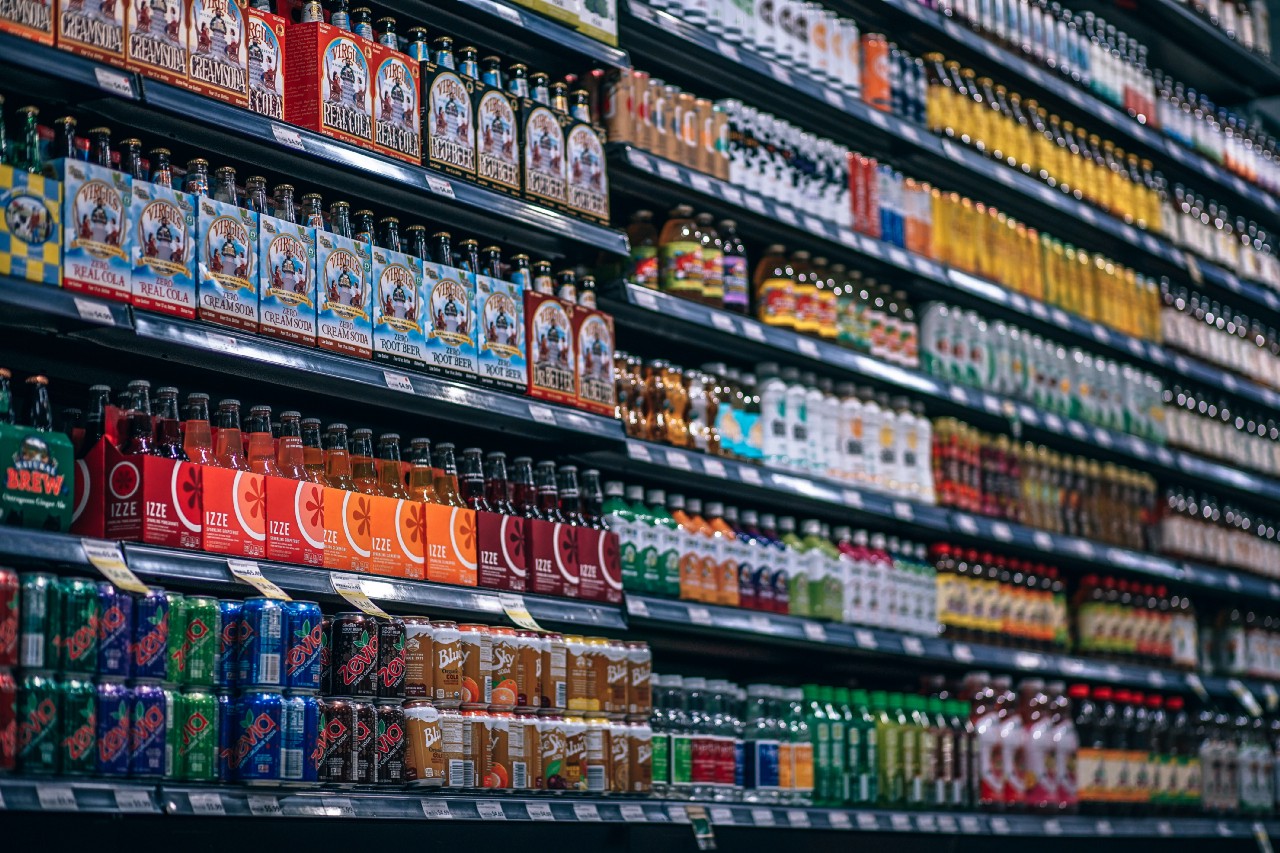Events like the GMA Science Forum are where the latest updates on regulation, consumer trends and new technologies that can solve food industry challenges are presented and discussed. This year, the GMA Science Forum will cover: regulatory and legislative issues affecting manufacturers across the globe, new technologies that are transforming the supply chain, updates on the FDA’s current regulatory agenda, as well as what the industry can expect in the areas of health and nutrition strategies, FSMA implementation, imported foods’ inspection, labelling and ingredient safety. Participants will include members of the GMA, decision makers, world-class experts in microbiology, chemistry and fraud as well as service and technology providers. It’s always a great feeling, being among people who share the same vision, working towards common goals. No digital innovation can ever replace the energy of a room full of people with the same focus. It is precious.

So what is changing in our supply chain? According to a recent study by Deloitte and the GMA, consumer food decisions are not only affected by taste and price. Consumers are also concerned about transparency, traceability and social impact. On top of consumer trends, there are new regulations and standards that require an improved evaluation of foreign suppliers, fully documented processes and an assessment of all vulnerabilities in the supply chain. The new FSMA regulation focuses not on how to react but more on how to prevent food safety incidents.
The new FSMA regulation focuses not on how to react but more on how to prevent food safety incidents.
These days food companies have to cope with all these new regulations, while at the same time managing a plethora of important information and data, generated in the different stages of the supply chain. Understanding the new regulatory framework is a challenge and events like the GMA Science Forum can make a difference. After understanding regulatory issues, companies need to find ways to extract knowledge from this data or decide how new data should be generated.
After understanding regulatory issues, companies need to find ways to extract knowledge from this data or decide how new data should be generated.
Being in charge of that change, finding the solutions and taking control will make the difference between which brands are likely to survive in the next 10 years and which will not. We live in a transitional time.
What will the companies taking advantage of technology and data do? There are 3 possibilities.
- Big Data technologies and Artificial Intelligence to monitor incidents and identify trends in the global supply chain.
- IoT technologies to monitor agricultural production and processing in real time
- Blockchain technologies to ensure the integrity of their supply chain
These companies will thrive on 3 levels a) they will be fully aware of the global food safety landscape b) they will react every time there is an emerging or increasing risk in the supply chain and most importantly c) will set a robust food safety approach that will focus on preventing breaches.
So, what do we do?
To help food companies succeed, Agroknow has a three-layer approach, namely awareness, reaction and prevention. For the awareness layer, systems such as FOODAKAI, help companies access food safety trends based on information for food recalls from a large number of data sources. Currently, food safety experts have to visit several web sites, download reports and spend a lot of time creating spreadsheets with some of the existing data. This task requires time and, as the information landscape is dynamic, it needs to be frequently repeated in order to have a fresh view of potential hazards. Software like FOODAKAI provides food safety trends with just a few clicks.
To help food companies react every time there is an emerging or increasing risk in the global supply chain, we help them get all the data and required models to build a risk profile for each product and supplier, based on the frequency and severity of food safety incidents.
To help food companies prevent food safety incidents, we deliver real-time risk estimates based on live data that comes from food production. Continuous monitoring of critical parameters in the production process may enable remote inspection of the supplier and identification of risk patterns that can activate measures, thus preventing incidents. For instance, for an agricultural product like table grapes, continuous monitoring of temperature and humidity in the field using IoT, can help estimate leaf wetness. Applying real-time data processing techniques means we can identify patterns in leaf wetness that are correlated to the development of specific fungi.
Vivartia Group companies are a great example of how a food company can take advantage of data and technologies in order to build a robust food safety approach. These companies use continuous monitoring of all hazards and fraud in the global supply chain. They also include historical incidents in their supplier assessment approach, implement a live risk process for all their products and use sensors to monitor critical parameters in their supply chain.
As Christina Panou, Quality Assurance Director for Goody’s | Everest Group Of Companies (part of the Vivartia Group) says: “When we have the knowledge regarding an incident relevant to our supply chain, we prepare the “antidote” and are able to act faster and more effectively. ”
The future waits for no one. This digitized supply chain will be safer and more transparent for all. It will deliver all the information consumers need in order to select their preferred food products and will allow food safety and quality experts to make data-informed decisions when selecting the best suppliers, raw materials and ingredients. Don’t hesitate to talk to us at GMA in a few days. Let’s make this happen.

